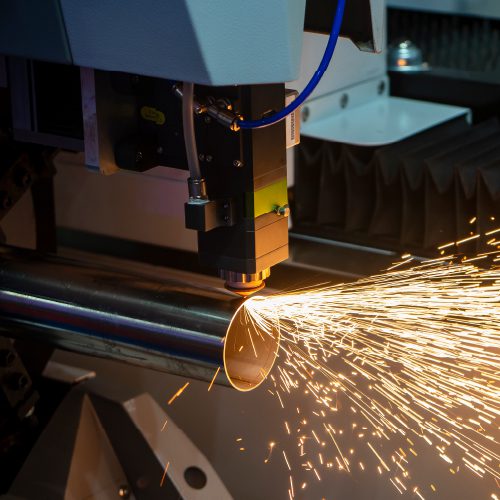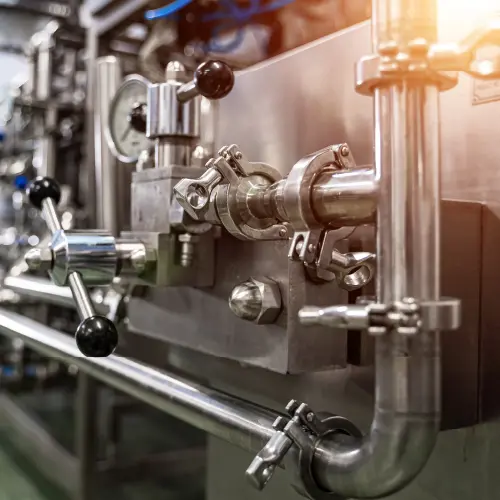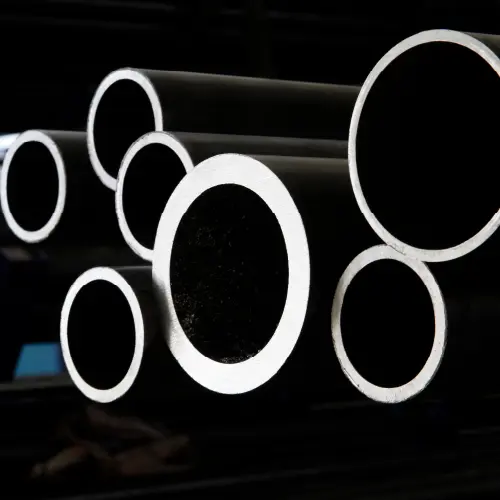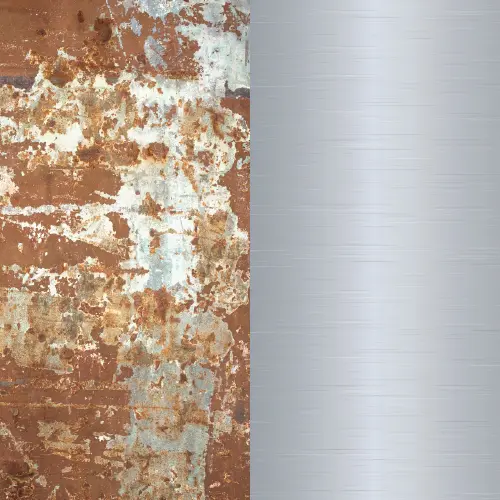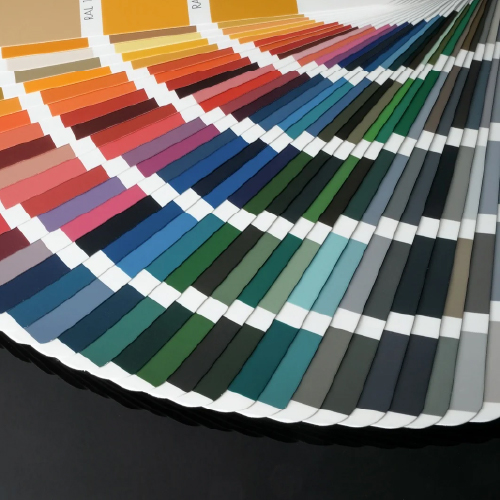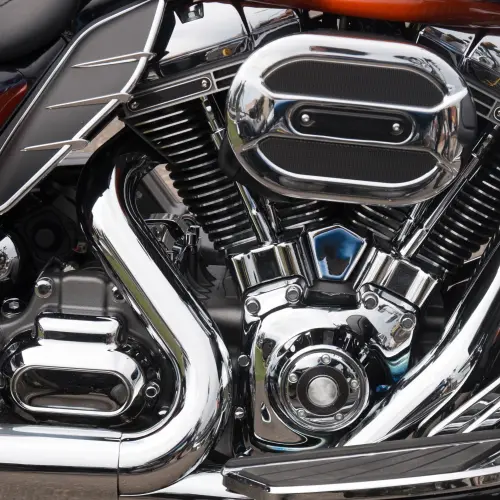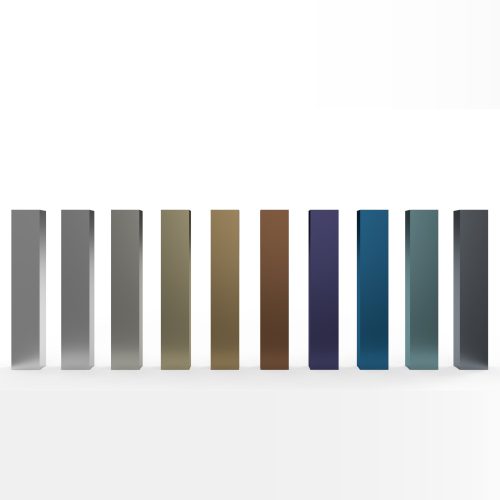Types of Stainless Steel Grades
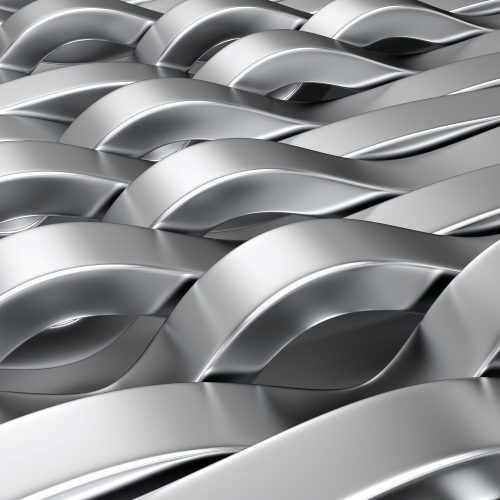
TYPES OF STAINLESS STEEL GRADES
Introduction To Stainless Steel
Stainless Steel Grades share similar characteristics, Resistance to Corrosion being the most common among them. But not all grades are same. Each grade is designed for a specific purpose and application. Due to this wide range of available options, it is important to group the grades under a label which describes the general characteristic of the category of grades.
The applications of these wide ranges of grades are almost endless: medical equipment, exterior architectural designing, decorative interior designing, bulk materials handling equipment, roofing, automobile components (exhaust, trim/decorative, engine, chassis, fasteners, tubing for fuel lines), chemical processing plants (scrubbers and heat exchangers), dairy and chemical (acidic/alkaline) storage units, pulp and paper manufacturing, petroleum refining, water, and oil supply piping, consumer products, marine and shipbuilding, pollution control, sporting goods (snow skis), and transportation (rail cars), to name just a few. The grades are designed to handle these applications while being cost effective and displaying high quality with longer life cycle.
Types Of Stainless Steel
The types of Stainless Steel grades are categorised on basis of their atomic microstructure.
- Austenite
- Ferrite
- Duplex
- Martensite
- Precipitation Hardening
1) Austenite
This category is the most popular and widely used around the world. It often includes good amount of chromium and nickel. Some grades also include manganese and molybdenum to enhance the grade's desired characteristics.
While austenitic stainless steel is non-magnetic when annealed with a solution, certain cold worked grades are magnetic. Heat-based hardening will not work with these types of stainless steel grades. However, they offer excellent corrosion resistance and creep resistance while remaining great for welding. Popular grades of austenitic stainless steel include 301, 301LN, 303, 304, 304L, 316, 316L, 317L, 310S, 321 and 347 grades.
2) Ferrite
Due to its lower nickel content, Ferrite Stainless Steel is one of the most cost-effective grades type available in the Stainless Steel categories. While low on nickel, these alloys often contain chromium, molybdenum, niobium and/or titanium to improve toughness and improve creep resistance of the material. Most grades are magnetic in nature and offer good corrosion resistance and weldability as well. This category finds its usage most often in out-of-sight applications, such as exhausts, auto components. These alloys are well suited for situation where visual appeal isn’t as important as cost and performance. Common grades of ferritic stainless steel include 409, 409M, 430, 436, 441, 445, 439, and 444 grades.
3) Duplex
This category includes many of the most recent and proprietary alloys created. Many duplex grades offer a great combination of properties from both austenitic and ferritic stainless steels. Characteristics of the material depends on the grade, as many of them are created to address specific industrial concerns, such as weight, toughness and higher tensile strength. Most grades offer good weldability and formability in comparison to other families of stainless steel. Some grades offer improved corrosion resistance. Chloride-resistant stainless steels are especially popular in offshore use. Common duplex alloys include are 2202, 2205, 2304 and 2507 grades.
4) Martensite
Martensite stainless steel grades possess high corrosion resistance in combination with relatively high strength and toughness. Fatigue cracks can start from intrinsic defects such as nonmetallic inclusions, which may significantly influence the fatigue strength. They have moderate corrosion resistance, but are considered hard, strong, slightly brittle. They are magnetic and they can be nondestructively tested using the magnetic particle inspection method, unlike austenitic stainless steel. Some common martensitic stainless steel grades are 410, 410S and 420
5) Precipation Hardening
Precipitation Hardening Stainless Steel can be strengthened and hardened by heat treatment. These stainless steels combine high strength and hardness with corrosion resistance which is superior to that of the Martensitic Chromium stainless steels. These grades contains a relatively high Chromium content. Most applications of this caterogry are for corrosion resistance or oxidation resistance and retention of strength at elevated temperatures. Some common Precipitation Hardening grades are 15-5PH, 17-4PH and 17-7PH.
Types of Stainless Steel Grades: The Conclusion
Stainless Steel grades list keeps growing every year with new innovative grades being created by reputed companies and researchers to solve the modern and advanced problems. The five types discussed in this article briefly covers almost all grades in a very clean manner. The category only describes the general characteristics though, each grade has a unique set of characteristics pre-decided while manufacturing them.
THANK YOU
DON'T MISS ON LATEST ARTICLES!
SIGN UP NOW!

